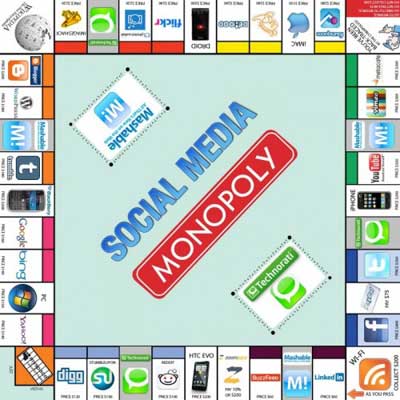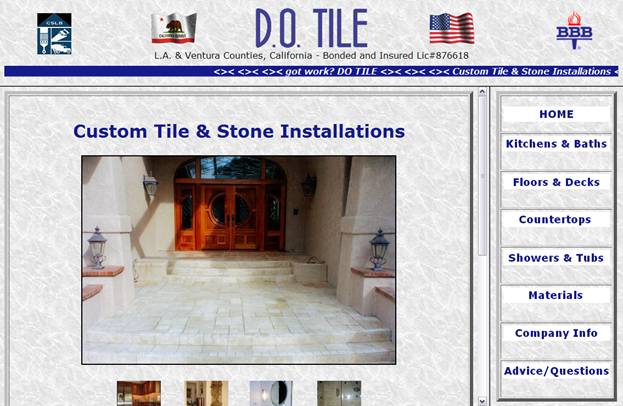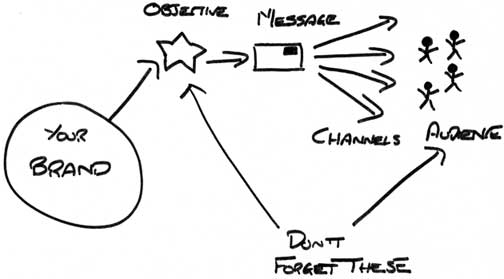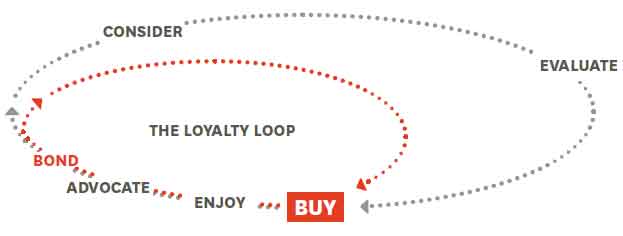Brand Focus #5: Groupon in Malaysia – Friend or Foe for Your Business?
 It has been a couple of months now since Groupon officially came into Malaysia by acquiring GroupsMore.com and many businesses have hopped unto what I call the Groupon hype – a similar scene happening around the world. Businesses go on Groupon for marketing purposes, to draw crowd or bargain hunters to their store / outlet and hopefully translates into future sales (click here if you’ve never heard of Groupon before).
It has been a couple of months now since Groupon officially came into Malaysia by acquiring GroupsMore.com and many businesses have hopped unto what I call the Groupon hype – a similar scene happening around the world. Businesses go on Groupon for marketing purposes, to draw crowd or bargain hunters to their store / outlet and hopefully translates into future sales (click here if you’ve never heard of Groupon before).
I managed to talk to two different business owners recently and we somehow got to the topic of Groupon and it would seem that they both have been badly ‘pinched’ by Groupon.
Initial Observation: Groupon As a Foe
1. Their business actually experienced losses. Groupon deals attracts the crowd, that’s for sure. If your products already have low margins to begin with, you may experience losses – especially when the crowd pours in for your awesome deal.
2. Their business cannot cope with the crowd. So you’ve got a deal up and you’re fully booked for the whole of next month – but you do not have the resources and the capacity to manage each and every customer. Mismanagement may turn away customers for good and if you’re planning to invest into more manpower and equipment, you better have the margins well calculated because…
3. Your existing customers (that may not be on Groupon) will also want discounts because of the awesome deal you’re already giving to others.
4. On top of that, the customer retention rate is said to be very low, at about 5% – 10% and in some cases it still does not make up to the ideal margin.
While the above may not be true for every business out there, many have experienced the negative affect of Groupon which led me to think – is Groupon really that bad of a business / marketing model to adopt?
My answer is: no.
7 Tips on How to Maximize Groupon for Your Business
#1: Know Your Margins
Understand this before proceeding: while every business can use Groupon, not every business should use Groupon. The reason is simple – if your business operates on very low profit margins, you’ll definitely end up with a loss – especially if you’re a small business without any marketing budget set aside. Know how much of a margin you’re able to spare (and survive), even if there’s a large crowd. Set the group discount rate at a level in which you’re comfortable at and yet remain attractive.
#2: Know Your Business Operations
This applies best to the service industries. Know when are your peak and off-peak seasons or timings in a day. ‘Sell’ your off-peaks cheaper in return for crowd. This is where Groupon can truly shine – put in terms and conditions specifying that the offer / deal will only work during specific timing of a day (e.g. 3-5pm) to boost sales rather than not making any sale during the off-peak hours.
#3: Never Give in Quality for Quantity
Use the crowd to your advantage – show them what you’re able to offer even when you’re under pressure. Whether it is customer service or food preparation, make sure you’re showing your customers the best you can offer. This is the time to give them a reason to come back for more!
#4: Build Your Database – Engage
Take this opportunity to build your database by engaging with your customers individually. Talk to them, get them to subscribe to your newsletter, ‘like’ you Facebook page, ‘follow’ your Twitter handle, sign-up for a loyalty programme, participate in a contest or even to write a testimonial for you. In other words, do not let them leave without leaving you with something valuable for your business. On top of that…
#5: Follow-up Offers
Don’t let them leave empty handed! Give them something in return to invite them to come back for more. Something along the lines of “bring a friend on your next visit to enjoy a similar treat” can do wonders. Retention rates are low because businesses do not give the customers sufficient reasons to stay. So why let them leave empty handed?
#6: Make The News
Make use of the crowd to spread the news! Snap pictures, tweet away, launch a Foursquare special and create buzz across existing social media platforms. Customers are drawn to crowd and if you are already attracting one, let them know you have one!
#7: Encourage Feedback
This is the most important of all – always ask for feedback from your customers so that you’ll know what went wrong / right to do better in your next Groupon deal. Offer as many feedback options as possible – through Twitter, Facebook, contact forms or emails and be sure to respond to everyone of them positively.

















